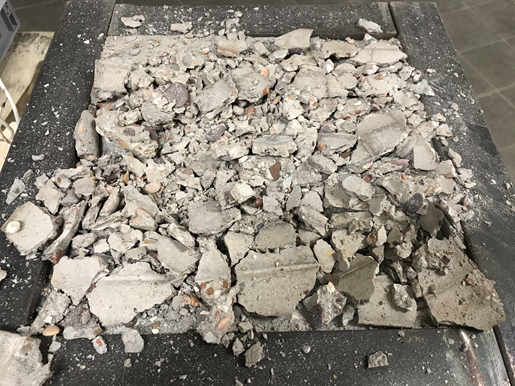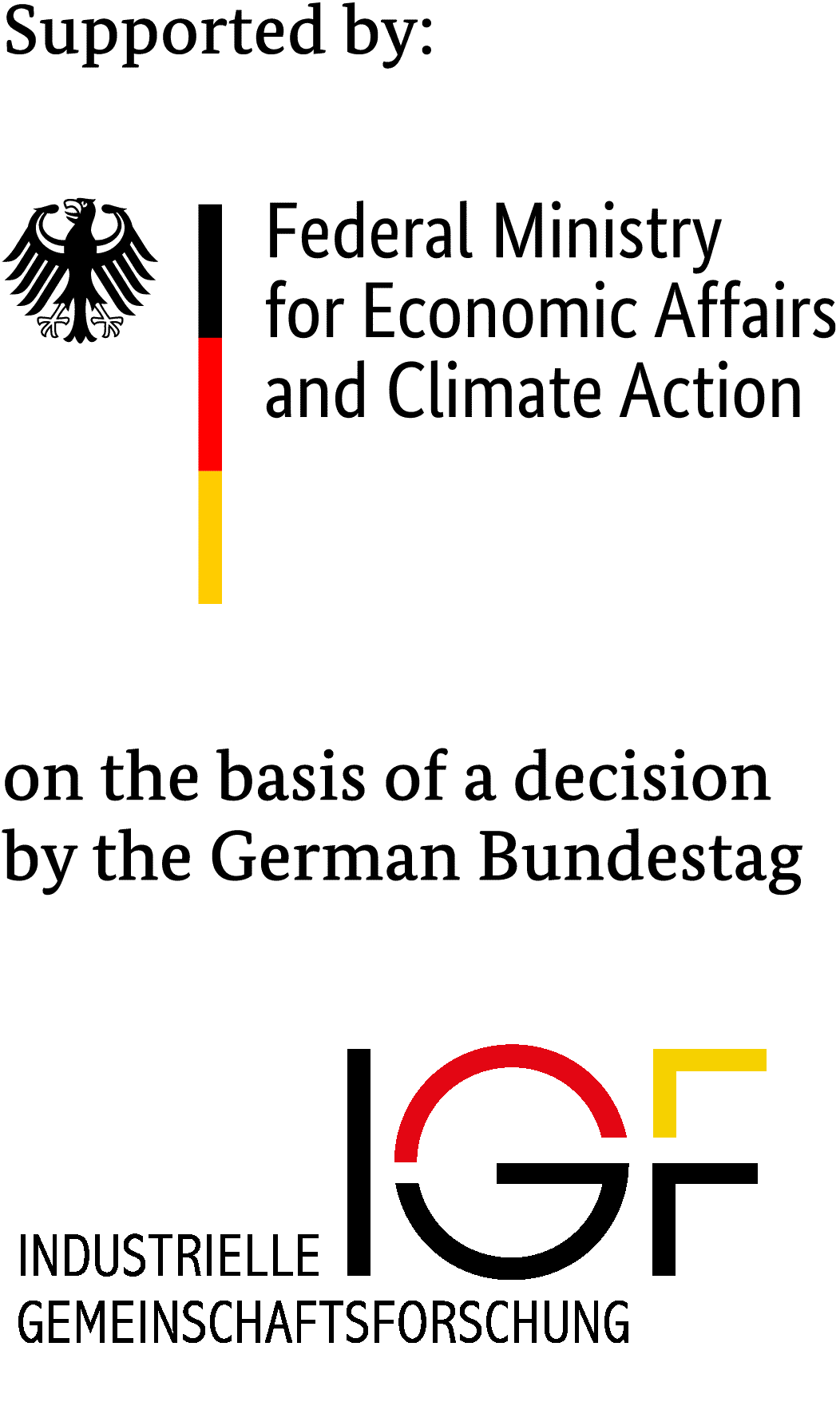Background and aims of the project
An important approach to decarbonising the production of cement and concrete lies in the use of "new" clinker-efficient cement types, which are standardised in the European standard EN 197-5 (published in 2021). To increase the resource efficiency of concrete, one of the most important approaches is the use of recycled aggregates. Neither for concretes with the new types of cement nor for concretes with recycled aggregates, systematic research results on the susceptibility to fire-induced spalling are available. The thermomechanical and physical properties of concretes with the new types of cement have not been investigated yet. This is where the research project comes in. It includes four work packages:
Work package 1: Spalling of concrete with clinker-efficient cements
The goal of the work paackage is to demonstrate that new clinker-efficient cements can be used without restrictions in areas of application where there is an increased susceptibility to spalling in the event of a fire.
Work package 2: Spalling of concrete with recycled aggregates
Due to a lack of scientific research, the revision of the Eurocode EN 1992-1-2 contains conservative rules related to the fire-induced spalling of concrete with recycled aggregates. These rules make the use of recycled aggregates more difficult. The research project is intended to develop scientifically substantiated design rules.
Work packages 3 and 4: Thermomechanical and thermophysical properties of concretes with cements according to EN 197-5 (with natural and recycled aggregates)
The impact of the use of new clinker-efficient cements on the thermal properties of concrete is investigated.


